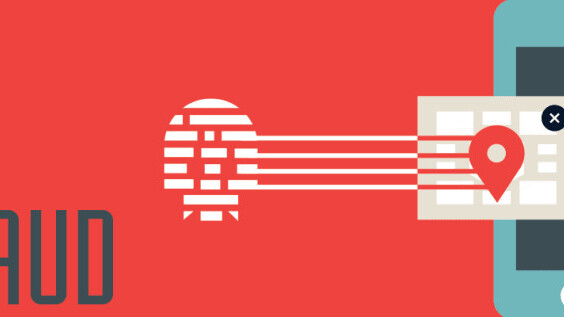
Ad-related fraud is a very real problem that has been puzzling everyone in the industry from small business owners who wish to do new marketing campaigns to giants like Google and Facebook.
According to a study by WWP, the revenue of global advertising wasted on fraudulent traffic and clicks generated by bots will reach $16.4 billion in 2017, double the $7.2 billion figure estimated last year.
But what issues lie at the core of this problem?
1. Expecting instant gratification in the ad industry
The concept of instant gratification is plaguing more areas than just the ad industry but it is a real problem here as well. Those marketing consultants who mislead clients to believe that ad campaigns will yield immediate results share some part of the blame here.
Education is the most important alternative. For instance, educating the clients on the difference of ads placed on Google and Facebook.
When ads appear on a search engine, users are much more likely to engage because the ads are relevant to what they are currently doing, e.g. when searching for a product.
In social media platforms, however, ads are much more disruptive and not necessarily intuitive to the user experience.
2. Influencer marketing is on the rise
The advertising industry is a game that constantly changes yet many advertisers and marketers still want to cling on to more traditional methods.
However, new concepts like influencer marketing present new opportunities which should be grabbed immediately.
For instance, why waste so much money in ad traffic and clicks when it is very hard to tell how users engage with faceless ads?
Instead, influencer marketers can get products and brands in front of people who will actually care about them and who will actively engage with the brand.
Consumers are more tech-savvy than ever and ad-blocking is a very natural concept for most. Instead of more money being wasted in ads that will never be seen by real users, marketers should redirect their clients to better methods.
3. Not enough effort is put in generating real interest in brands
Ads, even when they are well-made, are rarely enough to generate a real interest in a brand. Even if a brand is already well-known, more positive exposure is always welcome.
The strategic model of ACM – Audience, Content, and Moderation – used by BHIVE is a prime example of how to approach new digital marketing campaigns.
Those three parts are vital to connecting with the target audience, engaging them with relevant content, and realizing the value of each brand.
4. Social media and its associated costs are integral parts of business
That most business should be on social media is an undeniable fact. That they should factor in any associated costs as part of their business, however, is something that many business owners are unwilling to accept.
Anyone who conducts any kind of business through Facebook should accept that social media is an investment, and calculate things like ROI accordingly.
5. Platforms like Facebook are walled gardens
Social media platforms like Facebook basically act like walled gardens. While you can gain access to what it can offer, you will not only have to pay for that privilege but its offerings will only be available within the platform’s confines.
To put it more simply, anyone who likes your page on Facebook will gain access to content posted there, but it will not always be in an organic way.
You will need to invest further in enhancing your brand so that followers will actually want to see posted content and not treat it like a boosted message.
The core of the problem
Rod Ponce, Chief Innovation Officer from BHIVE Social Media Labs , sheds some light on the core of the problem .
I have found many brands that have excellent content and amazing moderators. I absolutely love to see this. We have a strategic model we use. We call it the ACM model: Audience, Content, and Moderation. Three distinct responsibilities should be present in any digital marketing campaign. Building an audience is what is under the spotlight and at the core of the problem. Unfortunately, digital ads are a waste of valuable resources. If ads continue to be purchased, it is almost criminal negligence now as reports of fraud trickle in. Agencies should evaluate their complicit positions when evaluating media purchases in this space as there may be future repercussions and/or consequences. Our research shows there are still ways to build an organic audience without the purchase of digital ads and advise agencies to contain this issue as they may already be exposed.

The advertising industry should look to new solutions
The ad fraud problem is not something that will easily go away. According to a survey by MyersBizNet, 78 percent of brand marketers are seriously concerned with the ad fraud issue.
Over the next 10 years, the World Federation of Advertisers predicts that the cost of this problem will rise to at least $50 billion, a figure that can be dispelled by cutting the issue at its core.
One solution that could be employed is blockchain technology. The blockchain is like a public ledger that stores data which cannot be altered in any way because it is simultaneously shared across hundreds of different computers.
That way, ad impressions and traffic will be measured precisely with detailed information such as when an ad was delivered, where it was delivered to, and so forth.
Consumers are engaging more and more with digital platforms, including social media. New forms of advertising and reaching out to target audiences should always be explored, such as the aforementioned influencer marketing.
Continuing to invest more money into the traditional digital advertising will simply add fuel to the fire. Ad companies should embrace technology but also be aware of its dangers and its drawbacks.
Get the TNW newsletter
Get the most important tech news in your inbox each week.




